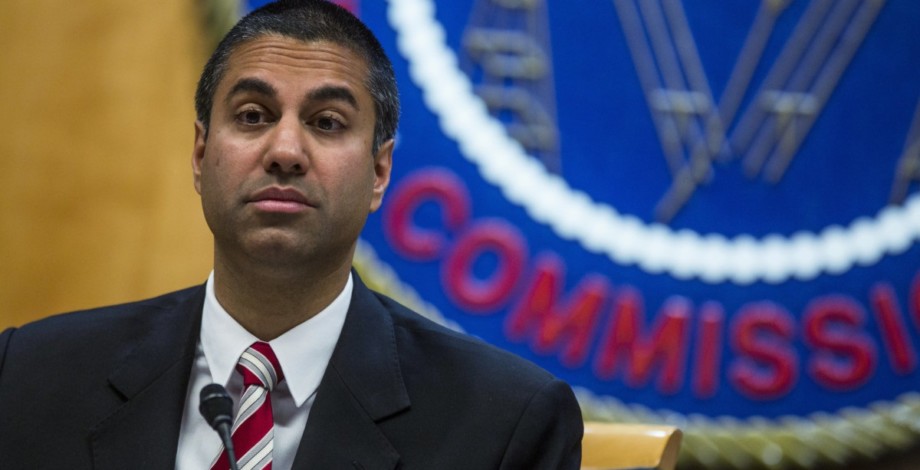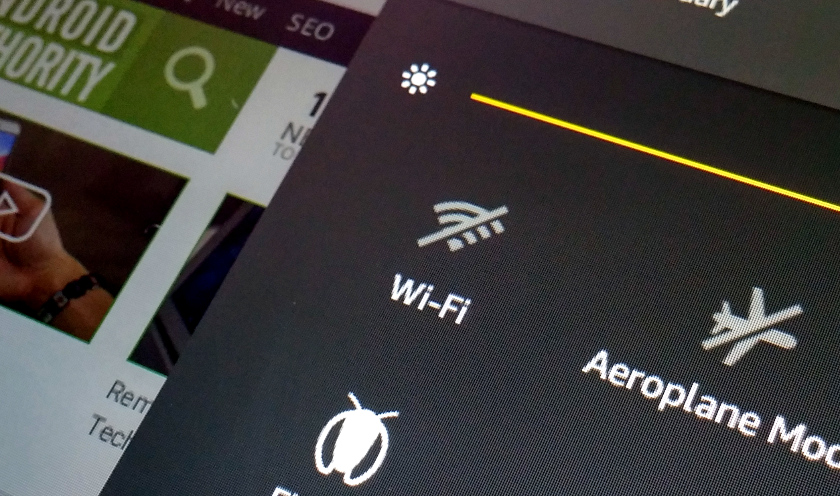
- The FCC is handing out $16b to US ISPs companies to expand broadband into rural areas.
- Multiple Democrats within the FCC heavily opposed the plan, citing a lack of broadband coverage maps.
- Typically, there’s not a lot of accountability regarding what the money from these handouts is used for.
The FCC voted to adopt auction procedures that will give internet service providers (ISPs) up to $16 billion for expanding broadband connections to areas that lack them.
According to a report from Reuters, the FCC voted to begin the auction procedure on October 29.
FCC aims to expand broadband coverage
Companies that take part in the program will need to provide voice and broadband services in unserved areas. The money is set to be paid monthly over ten years, which is a bit of a contentious decision among members of the FCC panel.
Geoffrey Starks, a Democrat member of the panel, said he would have “preferred to start with a smaller budget or shorter term of support so that the bulk could be spent after we complete the mapping overhaul.”
Of course, the real question is whether the money will be used for what is promised at all. This is not the first time the FCC has used taxpayer money to expand broadband coverage to rural areas. We never see any verification of where that money is spent. There seems to be a severe lack of accountability with large sums of money in situations like this. It’ll be interesting to see if we’re able to verify whether the $16 billion promised in this case will help expand broadband coverage to places that can’t get it or what it’s actually being used for.
The plan was voted into place with three FCC Republican commissioners approving the program while the two Democrats voted against it. The biggest reason the opposition voted against the plan was that they believe the country needs to have more granular broadband coverage maps.
In clear opposition to the plan, Democratic FCC Commissioner Jessica Rosenworcel said, “We are rushing billions out the door with a brazen disregard for our legal obligation to do so based on accurate data, and that means when it comes to broadband we are going to leave millions behind.”
In the end, if the money is used correctly, it could help to bridge the digital divide in a big way in places where internet access is scarce. The plan indicated that it could bring service to nearly 6 million unserved rural homes and businesses. The key phrase is “if the money is used correctly,” and based on previous similar instances, we’re not so confident that’ll happen.


